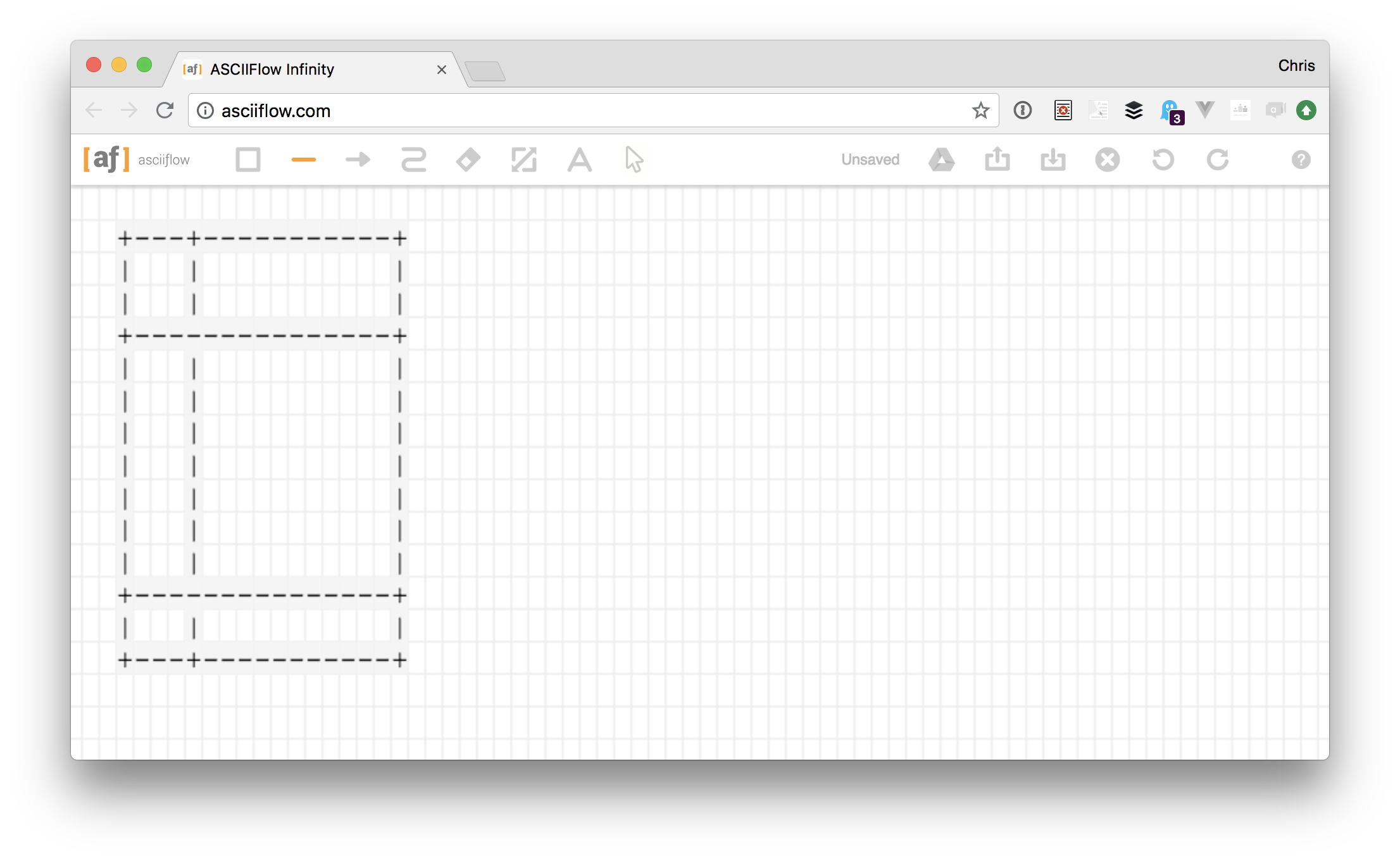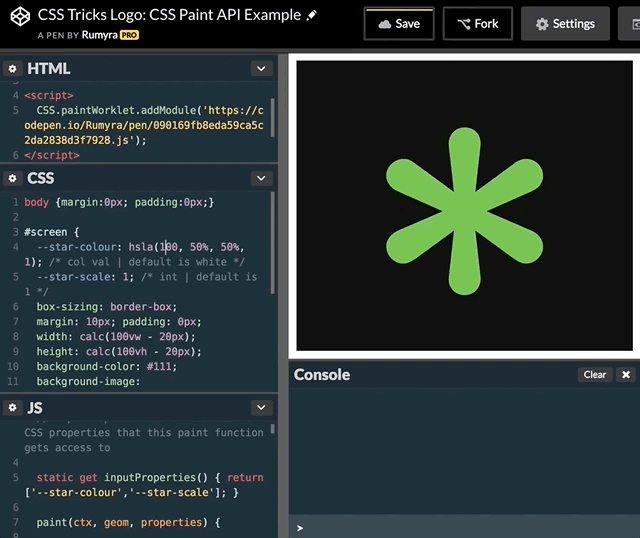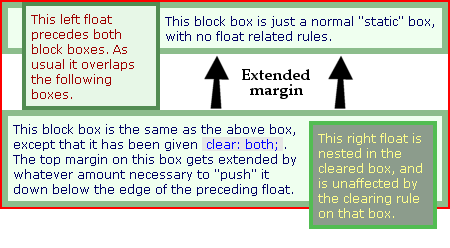itty.bitty
Mark this down as one of the strangest things I’ve seen in a good long while. Nicholas Jitkoff has made a tool called itty.bitty that creates websites with all of the assets being contained within their own link. You can create a website without any HTML or CSS resources at all because it’s all been base64 encoded into the URL itself.
Take this crazy looking URL, for example:
https://itty.bitty.site/#How_it_works/XQAAAAJdDAAAAAAAAAAeHMqHyTY4PyKmqfkwr6ooCXSIMxPQ7ojYR153HqZD3W+keVdvwyoyd+luwncAksxo8PWJs+831jtAVty8rDpGXmyebtxMTP3PSa4g8/593sWue8WaPjJZKXPqJ+G6ffUrBFhdclCfPRZ1gVobusxdd5g4xI5328XhoOoeADUFQZMeRzfBVzcSlEdUqLcxhD5c7kYCBo79g1FR9+rRyw0U3Jyc+5Axt5HWUqKPcEBfQpO35dwvNhCOOZQ/83PRzl51VrpqJ+zwl7UT1JUUK24g/b9zCUO6EIGg1bcZW0VBL53SSK4LE+UkJNv3WKY04UQnISAISa4WghBZjXT5ID0S61leAohaQ9Kqkv6fGfZKI+...





